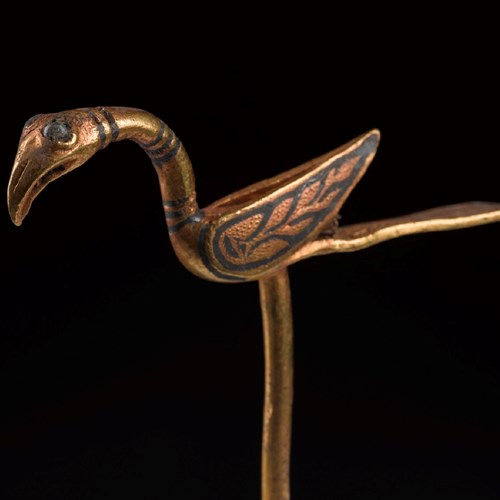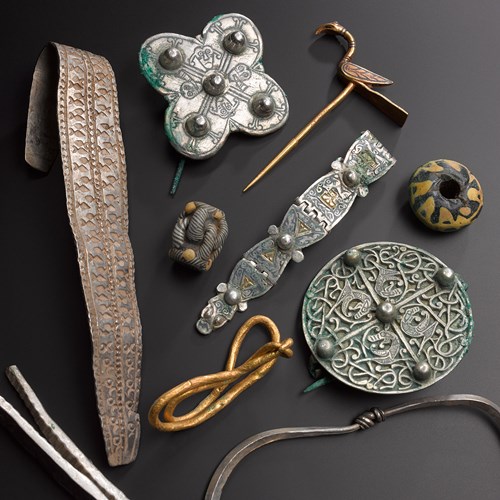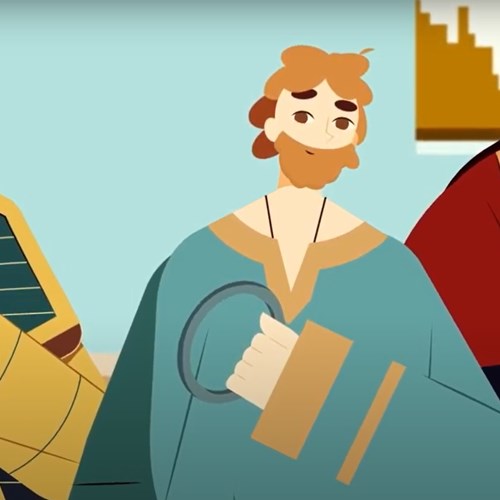Galloway Hoard: Where Did the Silver Come From?
29 May 2024
19:30 - 20:30
Online
Free, with optional donation
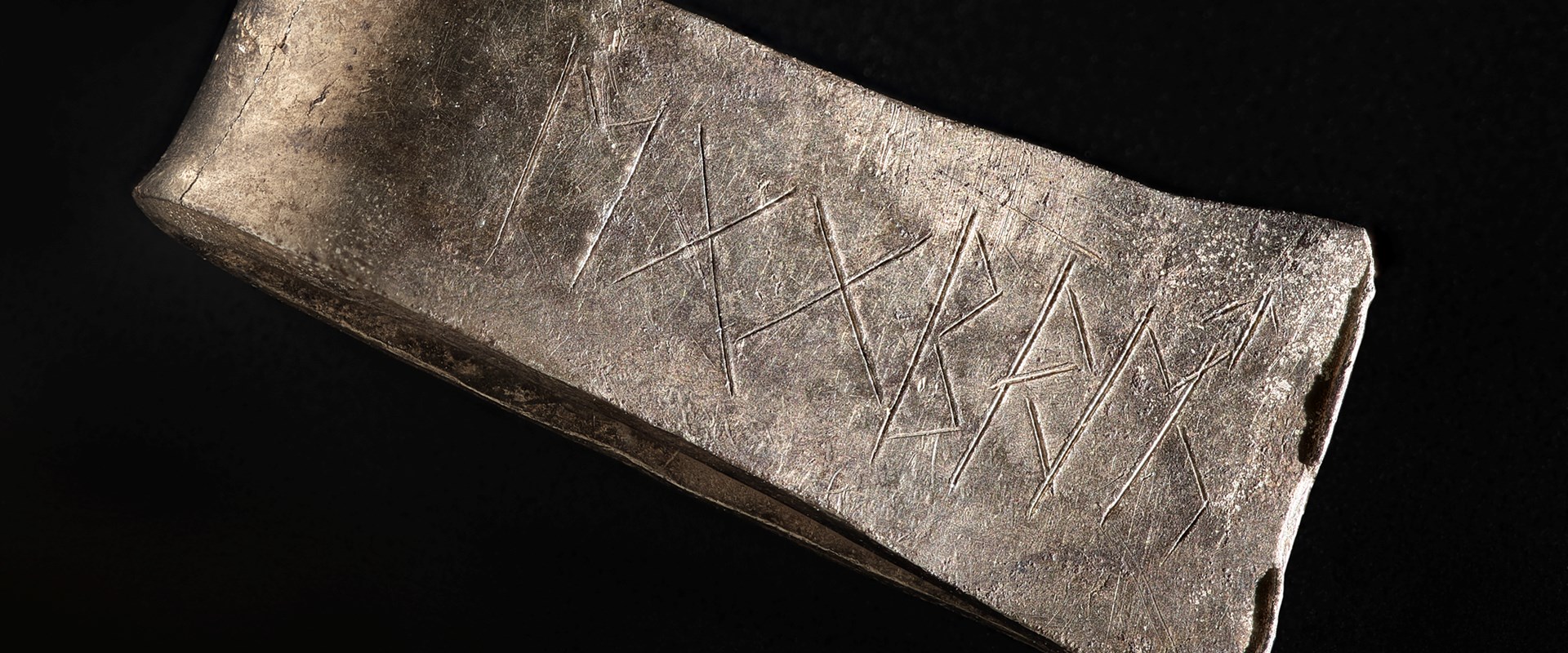
Small find from the excavation following the discovery of the Galloway Hoard - Arm ring fragment incised with runes spelling Egbert (YT.2021.7).
© National Museums Scotland
Small find from the excavation following the discovery of the Galloway Hoard - Arm ring fragment incised with runes spelling Egbert (YT.2021.7).
© National Museums Scotland
The Galloway Hoard is dominated by silver. Cutting-edge science can now trace sources of silver with greater accuracy than ever before. What might this reveal about Viking trading and raiding?
The Viking Age is known for its silver treasures. The Galloway Hoard, buried around AD 900, was discovered by metal-detecting in 2014 in Kirkcudbrightshire. It was allocated to National Museums Scotland in 2017 after a successful fundraising campaign supported by the National Heritage Memorial Fund and the Art Fund.
While famously containing a mix of materials, from textiles to gold, the bulk of the Hoard is made up of silver. Where did all this silver come from? There were no local sources being worked at that time, so it must have come from elsewhere. Just how far it travelled has been a subject of debate for many years.
In this live online event, National Museums Scotland Galloway Hoard Researcher Adrián Maldonado will join Jane Kershaw from the University of Oxford to explain how a collaboration between cutting-edge science and archaeology can reveal the sources of Viking-age silver in the Galloway Hoard.
What might these sources tell us about Viking raiding and trading? And how did this silver come to be buried in south-west Scotland?
The event includes a live Q&A chaired by writer and broadcaster Sally Magnusson.
Dr Adrián Maldonado
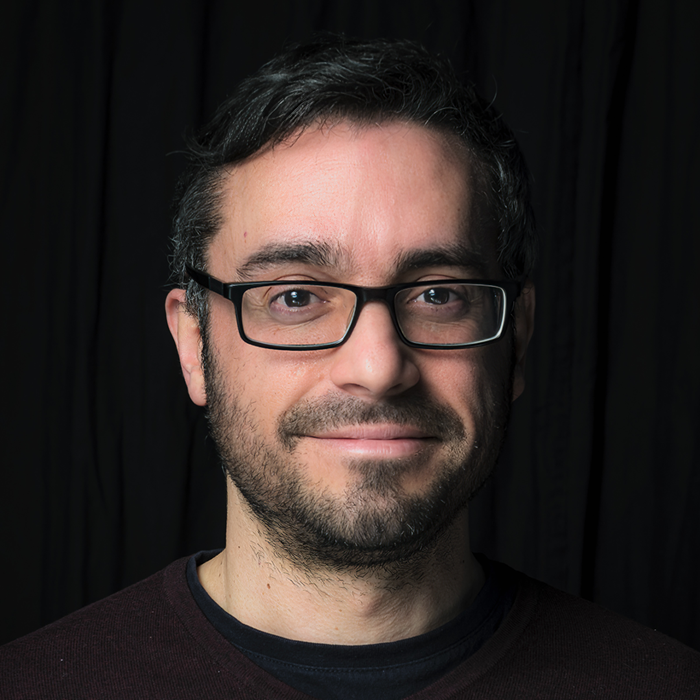
Dr Adrián Maldonado is Galloway Hoard Researcher for the Unwrapping the Galloway Hoard project, a partnership between National Museums Scotland and the University of Glasgow as part of a £1 million research project supported by the Arts and Humanities Research Council.
Dr Jane Kershaw
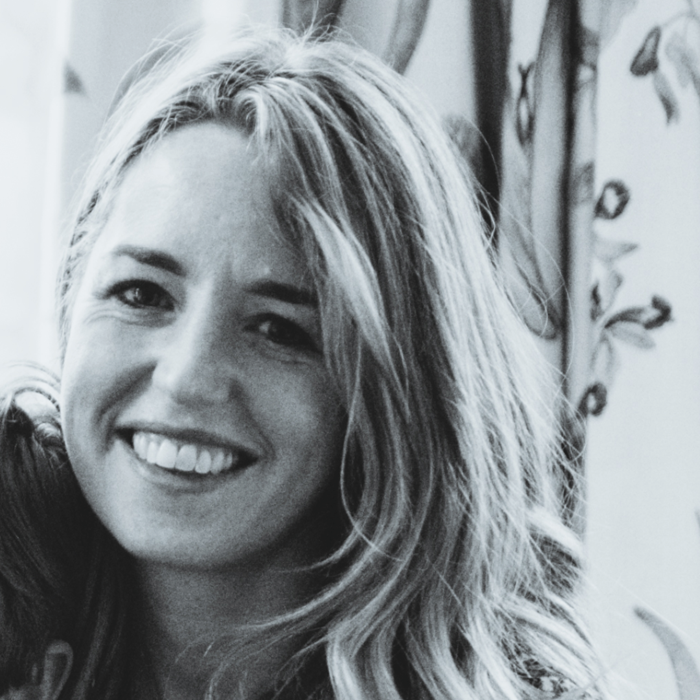
Dr Jane Kershaw is an Associate Professor and senior researcher in Archaeology at the University of Oxford. She specialises in the Viking Age and currently leads Silver and the Origins of the Viking Age, a project funded by the European Research Council that has greatly benefited research into the Galloway Hoard.
Sally Magnusson
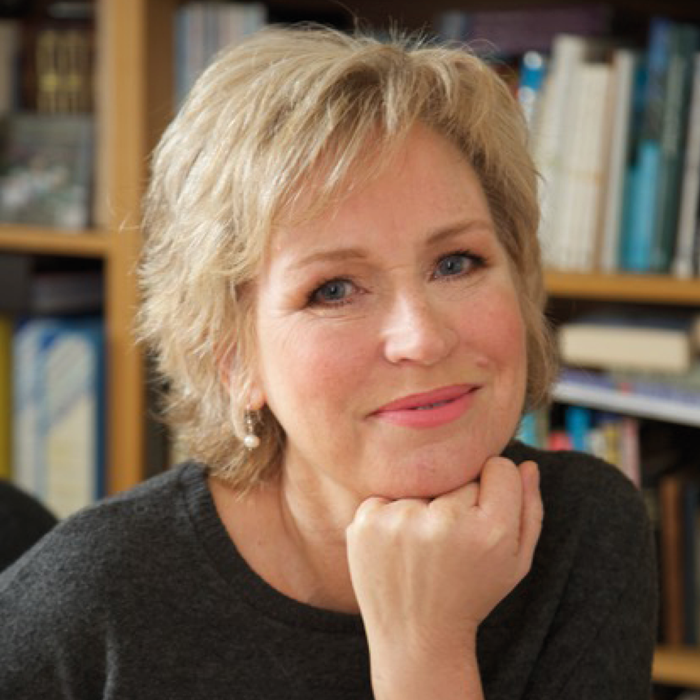
Sally Magnusson is an author and broadcaster. Her debut novel, The Sealwoman’s Gift, is set in Iceland in the 17th century. In her memoir Dreaming of Iceland: The Lure of a Family Legend she traces – by way of several generations of her own family – the country’s development from an impoverished, isolated colony of Denmark to the self-assured independent nation it is now.
About the event
- This event is suitable for ages 14+.
- The event will be hosted on Zoom. Prior to the event you will be sent an email from Zoom (the third party provider we use to broadcast our online events) which will include your personal link to join the event.
- Please note that you only need to book one ticket (either an attendee ticket or an attendee with donation ticket) per household/email address.
- If you have any queries about this event please contact publicevents@nms.ac.uk
- This event will be recorded but your cameras and microphones will automatically be switched off.
- The event will include automatic captioning.
- The event recording will be made available on catch-up.
- We use a third-party provider, Zoom Video Communications Inc, to broadcast our online events. For more information on how they process your personal data, please see Zoom's privacy notice.
- National Museums Scotland has a non-refundable and non-transferable ticketing policy. See our full Ticketing Terms and Conditions.


